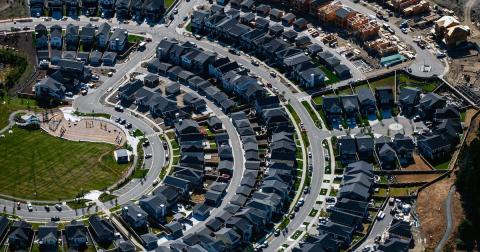A report prepared by BC Stats shows that British Columbia’s population growth rate has surged over the past three years due to higher national immigration targets. Nearly 150,800 migrants came to the province in 2022, roughly 52,000 of whom were permanent immigrants. In 2023 the population of BC experienced an annual growth rate above 3%, marking the highest annual increase since the 1970s.
The report shows that BC’s natural population growth rate has been in steady decline since 2009. In 2021 BC’s mortality rate exceeded its fertility rate for the first time, leading to a negative natural population growth rate. As with Canada as a whole, BC’s population is also getting older. As of 2022, the average age of the people living in BC was 42.3 years old, higher than the national average of 41.7 years.
Given the declining growth of Canada’s natural population, immigration has become the most significant driver of population growth in the country. Canada saw a record-setting increase in population of over one million people in 2022. International migration accounted for 95.9% of that growth. Despite having one of the lower fertility rates among G7 countries, Canada has the highest population growth rate. By the last quarter of 2023, temporary residents represented approximately 8.2% of BC’s population.
Under BC Stats’ current projection, the BC’s population is anticipated to continue increasing through 2046, from 5.5 million people in 2023 to 7.9 million in 2046. It is also anticipated that BC’s population will increase by one million people by 2032.
The report also explores where immigrants to BC are settling. Of the 197,355 immigrants who settled in BC between 2016 and 2021, 78.4% settled in Metro Vancouver. Victoria was the next most significant destination, with just over 10,000 immigrants or 5.1% of the total.
Join UBCM at the 2024 Housing Summit for discussions around housing the next million British Columbians.

